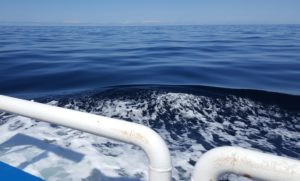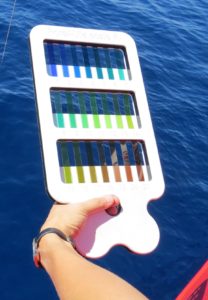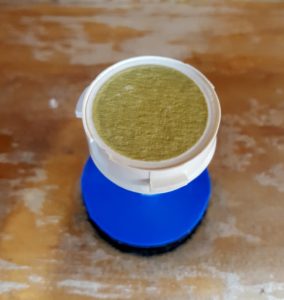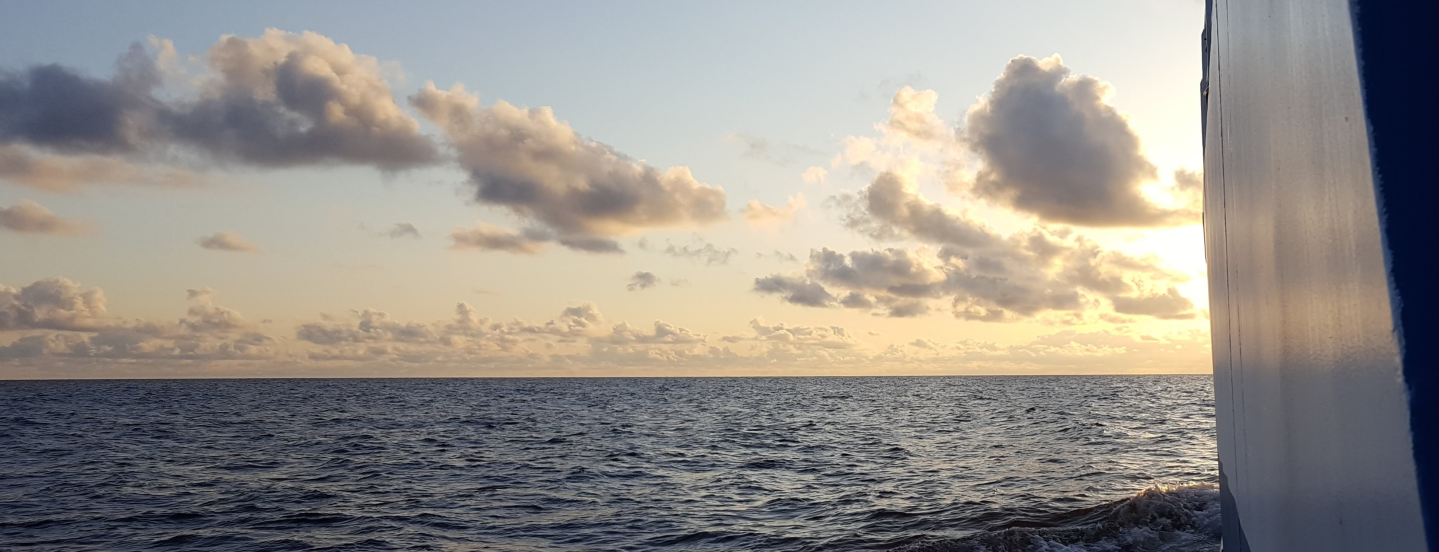This Maine winter feels like it has been a long (& often snowy) one, but somehow time also seems to be flying by. A few weeks ago, as I headed to Scotland for a couple weeks vacation, another Nor’easter bore down on Boston and I wondered if there would be any sign of spring when I got back.
There wasn’t much sign of spring in Scotland. It was cold and snowy. Half my trip was spent on the sheep farm where I grew up. There were no flowers, no sunny days. The newborn lambs were the only sign that the seasons would (hopefully) be changing soon.
I left Scotland in the middle of a snowstorm. It was April 4th.
In Maine, the snow had vanished, spring flowers were beginning to appear. Then it snowed again. But the sun came out, the sky was blue, and the snow melted.
The weather cleared up, the winds had died down. Time for another GNATS trip in the Gulf of Maine – would we catch the spring phytoplankton bloom? We had gorgeous weather: clear blue skies, calm seas. After a couple of false starts with our temperature and salinity sensor, we got everything up and running.


We have a hand-held scale we use to measure the colour of the water: the Forel-Ule scale. Forel & Ule were two scientists who gave different colours of water a different number: clear, blue waters through green, yellow and browner waters. Originally, the comparison scale, or palette, was made up of different chemicals in different vials. More recently, a hand-held palette was developed and we use that to classify the colour of the water at each station (we call this the FU number). On this trip, there were cries of “FU5” – green water! There were phytoplankton!
Our research group is particularly interested in coccolithophores – chalk-coated phytoplankton. They scatter lots of light, so by measuring the amount of scattered light, we can get an idea of how many coccolithophores there are in the water. There are other things in the water that scatter light too though. To make sure we know the light is being scattered by coccolithophores, we first measure the scattered light of a water sample. Then we acidify our sample, dissolving any chalk (i.e. the coccolithophore shells) and measure the scattered light again. If there is a difference between the two measurements, then we know that scattering must have been due to the coccolithophores. On this trip, we saw some scattering from coccolithophores!
The last station of the day is approximately due south of the lab and the Boothbay Penisula. The filtering at this station took a very long time. Longer than I ever seen filtering take in the Gulf of Maine before. It took over an hour to filter 1 litre of water. This means there was a lot of stuff in the water – more phytoplankton!

We caught part of the spring bloom.
I heard the Peepers last night. A sure sign of spring.
I saw a flurry of snowflakes this morning. A sure sign of winter holding on.
